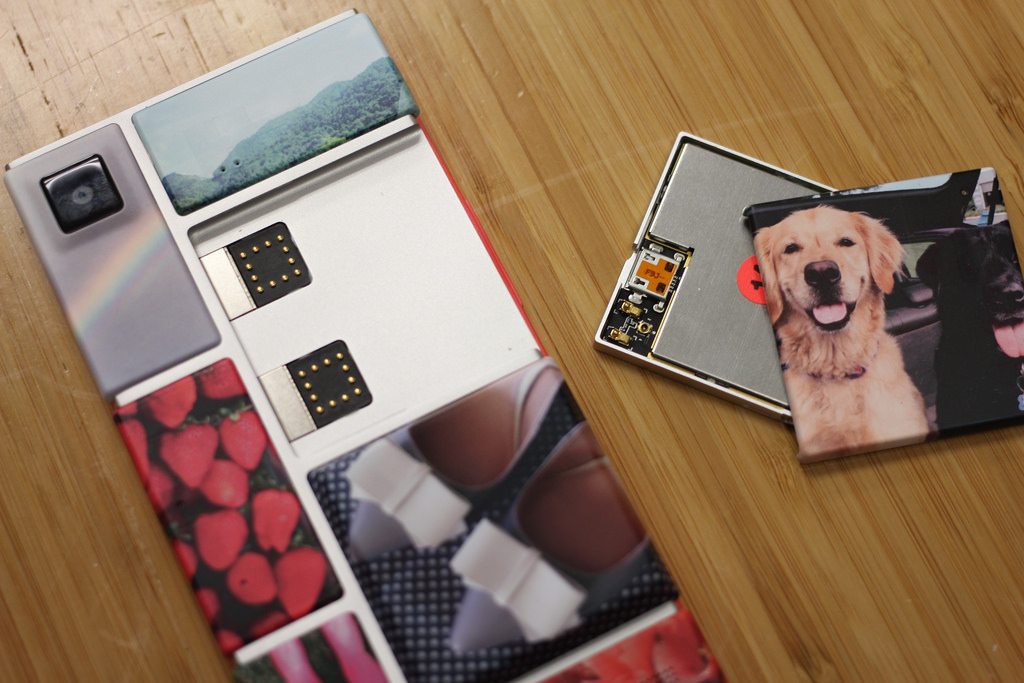Modular madness: The rise of Project Ara
Consumers already have the ability to customise their smartphones, whether it be through the selection of specific apps or picking out cases. Now imagine taking the element of customisation several steps further – that is Project Ara.
The intention is to make it relatively easy and straightforward for the handset user to make customisations and modify the handset itself. When looking back at the history of smartphones and their development, it is quite clear that there has always been a ‘one size’ model deemed to be fit for all consumers. Ara challenges this by allowing components to be swapped in and out just like blocks of Lego.
Ara allows components to be swapped in and out just like blocks of Lego
Google first unveiled the concept for a modular smartphone around two years ago, and after some periods of silence, they have announced plans to make the first Project Ara smartphone available for consumers from next year.
Consumers will essentially be purchasing a structural frame which will already contain some built-in hardware essentials such as CPU, GPU, antennas, sensors, battery and display. This is so that consumers need not worry about the basics and can make their own adjustments while being guaranteed a consistent user experience.
There will be a further six generic slots for modules to be mix and matched, meaning any module could be placed in either one without affecting the functioning of the phone. There is an abundance of potential benefits modules could have. Using your phone to read for long periods of time? Simply replace the screen with E ink display. Going away camping and need a longer battery life? Invest in a larger battery for extended use. Listening to music and need it to be a bit louder? Add in some more powerful speakers to enhance the sound quality.
Not only can modules be swapped out for the purpose of enhancement, but it also makes it easier to replace malfunctioning parts. Dropped your phone and now the camera won’t work? Instead of paying out money for repairs or even upgrades, the consumer can specifically replace modules as opposed to the phone in its entirety. This also gives the smartphone a much longer life cycle, subsequently allowing for less electronic waste as there is no rush to upgrade.
There is an abundance of potential benefits modules could have
Modular smartphone concepts have been around almost as long as the idea of just a smartphone has been around. Whilst these concepts have been there, success in the field has not been seen as of yet with Modu’s first attempt at a modular device never taking off. However, with Google having attained the rights to the relevant patents, the future of modular smartphones looks promising.
The question is, will Ara make a permanent change in the future of smartphones? The sheer amount of flexibility the device is set to offer makes it a very strong possibility. However, it all depends on whether consumers choose to embrace the concept or whether the flexibility itself proves to be overwhelming and creates copious amounts of confusion.


Comments (1)
“drop the phone? you can replace the broken camera” if the camera is broken then you know the screen has to be smashed. well, now the camera is the least of your problems. the phone was an awesome idea before they removed all the features that made it worth buying. someone please make a kickstarter for a truly modular phone!